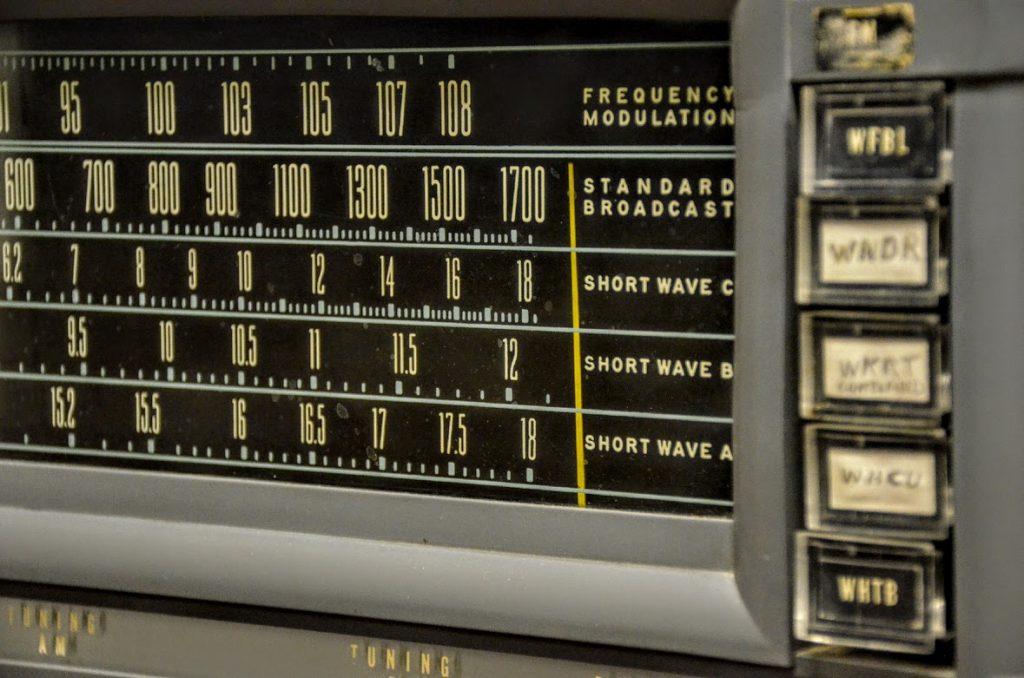Many thanks to SWLing Post contributor, David Iurescia (LW4DAF), who shares this article from swissinfo.ch regarding the history of the Esperanto language service of SWI. The following is an excerpt:
Esperanto
Esperanto (literally “one who hopes”) was the brainchild of Polish Jewish ophthalmologist Ludwik Lejzer Zamenhof, who published his first brochure in the language in 1887. He wanted it to become a second language for everyone.
The Swiss Esperanto Society was founded in 1903.
The Universala Esperanto-Asocioexternal (Universal Esperanto Association) was founded in Geneva in 1908. It is now based in Rotterdam.
The association says: “Based on the number of textbooks sold and membership of local societies, the number of people with some knowledge of Esperanto is in the hundreds of thousands and possibly millions”. Around 1,000 people speak it as their first language.
Esperanto has a relatively simple grammar with no exceptions to its rules. Its vocabulary is derived primarily from Romance languages and to a lesser extent from Germanic and Slavic languages.
“Beyond Europe, no regular Esperanto broadcasts take place,” the memo noted. The one exception was a special broadcast for Esperantists in Brazil on January 31, 1953.
Baur – who worked on the Swiss Broadcasting Corporation’s Esperanto programmes until 1991 – had reckoned there was a great interest in Esperanto in Brazil. The memo noted that the response to the one-off, five-minute broadcast was “thoroughly gratifying”, resulting in 25 letters (17 from Brazil, eight from other countries with reception).
“But from the beginning we stressed that even if people really liked it, it wouldn’t result in the introduction of Esperanto broadcasts in South America since, given the nation-joining aims of Esperanto, it would be contradictory to add a third language to a continent of only two languages which are more or less mutually comprehensible,” it said.
Aims of the broadcasts
The Bern memo explained that the main aim of the Esperanto broadcasts had always been “to reach the intelligentsia behind the Iron Curtain, who successfully bridged their linguistic diversity – especially in southeast Europe – through Esperanto”.
It added: “Our Esperanto broadcasts can therefore spread information about Switzerland and its ideas and ideals in an unobtrusive manner in those otherwise closed regions – as long as broadcasts in those regions’ national languages don’t make sense for us.”
It’s hard to say how many people listened to these broadcasts, none of which sadly have been saved in the SBC archives. According to the 1953 memo, Bern received two or three confirmations of reception a week, mostly from those countries behind the Iron Curtain. “Their relative rarity can be explained by the great risk most probably faced by the letter-writers,” the memo said.
Then, at the end of January 1965, the shock news was announced that the 16 Esperanto programmes a month would no longer be broadcast for financial reasons.
The Swiss Esperanto Societyexternal said this was a “heavy loss for the Western world”. “A reduction from four weekly programmes to two or even one would certainly have met general understanding, but it is highly regrettable that the Swiss Broadcasting Corporation has decided to pull the Esperanto programmes completely,” it said.
Not dead yet
That happened next is not clear from the archives. We do know, however, that – if the programmes did indeed stop – at some point they started up again in some form and frequency because in the late 1980s Swiss Radio International (SRI), as the Short-wave Service was renamed in 1978, was sending transcription tapes with Esperanto material around the world.[…]


I learned Esperanto in 1967 and then I certainly met people who had listened to the broadcasts in Esperanto from Switzerland.
CRI still have some broadcasts in esperanto in 2019.